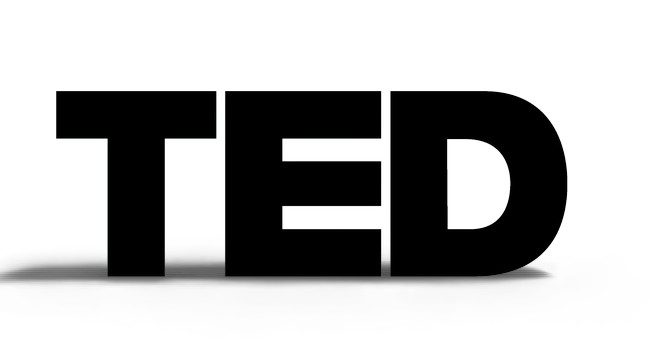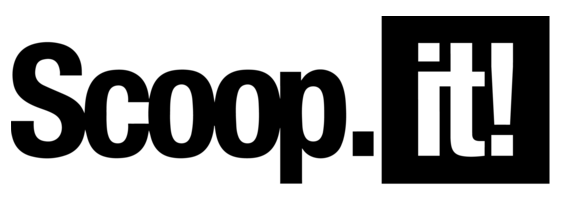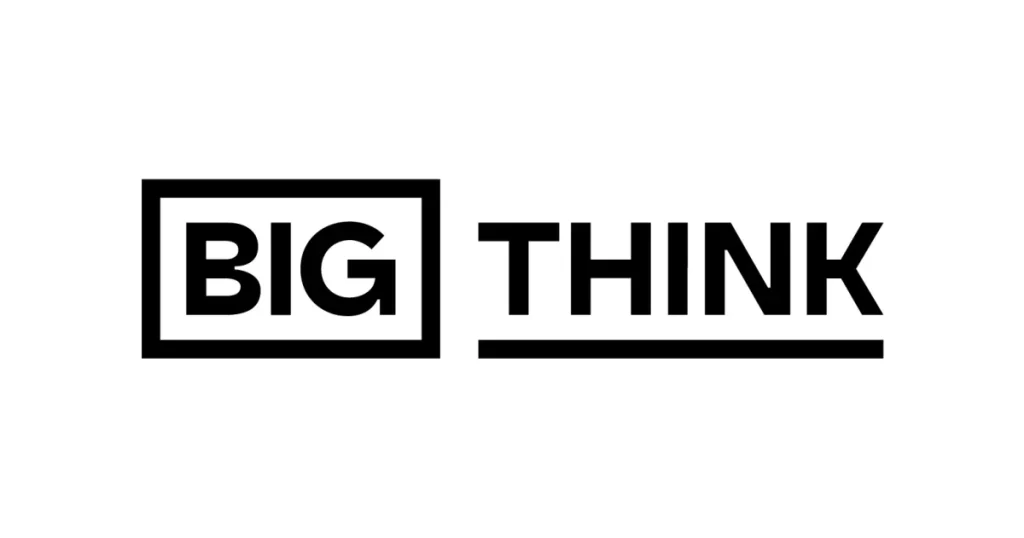Have you ever wondered why reading feels like such a challenge for some people? Dyslexia affects millions, but it’s not a single condition; it comes in many forms that impact people differently.
What if understanding these different types could change how we support those who struggle?
Each form of dyslexia brings unique challenges, from trouble connecting letters with sounds to difficulty recognizing whole words at once.
Ready to learn about the various ways dyslexia appears and how recognition can lead to better support?
Let’s examine the many faces of this common learning difference together.
What is Dyslexia?
Dyslexia is a brain-based learning difference that makes reading hard. It has nothing to do with how smart someone is. People with dyslexia often mix up letters or have trouble matching sounds to letters.
This condition affects about 1 in 5 people. It can make school tough, but with the right help, people with dyslexia can learn to read well.
Dyslexia lasts a lifetime, but it doesn’t have to stop anyone from success. Many great artists, scientists, and business leaders have dyslexia.
The Two Main Categories of Dyslexia
Dyslexia can be grouped into two main types based on when and how it begins, each with its own causes, signs, and challenges.
Developmental Dyslexia
Developmental dyslexia exists from birth. It shows up when children start learning to read and continues through life without proper help and teaching methods.
This type occurs due to brain differences in how sounds connect to letters. Early signs include trouble with letter names and difficulty breaking words into sounds.
- Brain areas for language processing work differently, making reading harder for these individuals
- Often runs in families, suggesting genetic factors play a key role in its occurrence
- Can exist alongside other learning differences, like attention issues or math difficulties
Acquired Dyslexia
Acquired dyslexia happens after brain damage. People who could read well before may suddenly struggle with words after a stroke or head injury.
The symptoms vary based on which brain area was harmed. Some might read but not understand, while others might know words but not say them.
- Often appears suddenly following medical events like strokes, head injuries, or brain infections
- May improve with time and therapy as the brain forms new connections
- Affects adults most commonly, unlike developmental dyslexia, which starts in childhood
The Main Types of Dyslexia
Understanding the primary forms of dyslexia helps identify specific reading challenges and guides effective intervention strategies.
Each type presents distinct patterns that affect how individuals process written language and decode text.
1. Phonological Dyslexia: Signs and Characteristics
Phonological dyslexia involves difficulty connecting letters with their sounds, making it hard to decode unfamiliar words despite good visual recognition abilities.
- Trouble breaking words into component sounds
- Difficulty with nonsense word reading tests
- Often misreads words with similar sounds
- May show strong vocabulary despite reading challenges
- It can affect spelling abilities significantly
2. Surface Dyslexia: Recognition and Patterns
People with surface dyslexia can’t easily spot whole words at once. They must sound out each part of common words that others know by sight, making reading much slower.
They have trouble with tricky words that don’t sound like they look, such as “yacht” and “colonel.” They can read simple, consistent words well, but mix up words that sound the same but look different.
3. Rapid Naming Deficit: Impact on Reading
People with rapid naming deficits struggle to quickly identify familiar items, letters, or numbers, which slows reading pace and affects fluency.
- Slow response when asked to name objects or symbols
- Hesitation when reading aloud
- Normal comprehension when given sufficient time
- Reading speed is inconsistent with the intelligence level
- May impact learning multiple languages
4. Double Deficit Dyslexia: Combined Challenges
This type combines phonological processing issues with rapid naming problems, creating more significant reading obstacles than either condition alone.
- More severe reading difficulties overall
- Requires comprehensive intervention approaches
- Shows both decoding and speed limitations
- Often needs extended time accommodations
- Can affect academic performance across subjects
Students with this dual challenge need focused support from teachers and parents to build both sound-letter connections and quick recognition skills simultaneously.
5. Deep Dyslexia: Semantic Errors and Reading Difficulties
Deep dyslexia causes the replacement of a word with another word that has a similar meaning or is related to the intended word while reading, where readers say words with similar meanings instead of what’s written on the page.
| Characteristic | Description |
|---|---|
| Word substitutions | Might read “ocean” as “water” or “happy” as “glad” |
| Nonsense word difficulty | Cannot typically read nonsense/ slang words like “mog” |
| Common cause | Often follows brain injury or trauma |
| Brain adaptation | Shows right-hemisphere reading compensation |
| Age pattern | More common in adults than children |
6. Orthographic Dyslexia: Spelling Pattern Challenges
This form involves problems memorizing letter patterns and sequences, making it hard to recognize common spelling combinations in words.
People with orthographic dyslexia often reverse letters or switch their order. They struggle with silent letters and letter pairs that make single sounds.
Their spelling varies even with the same words. Though they might spell orally based on sounds, the results often don’t match standard spelling rules.
7. Auditory Dyslexia: Sound Processing Issues
Auditory dyslexia stems from problems processing language sounds accurately, affecting how readers match sounds to written letters and words.
- Difficulty following verbal instructions
- Problems distinguishing similar sounds
- Needs information repeated or simplified
- Shows strong visual learning preferences
- Benefits of multi-sensory teaching methods
Lesser-Known Forms of Dyslexia
Dyslexia manifests in various forms beyond the typical challenges, each affecting reading and comprehension in unique ways:
- Attentional Dyslexia: This type causes letter mixing between words, such as “blue car” becoming “clue bar.” Focus shifts between words, and reading windows can help isolate individual words.
- Semantic Dyslexia: Though they can read words, people with semantic dyslexia struggle to understand their meaning. They often need explanations or real-life examples.
- Primary Dyslexia: This genetic condition affects reading due to brain differences. Lifelong, effective teaching strategies can improve reading.
- Secondary Dyslexia: Caused by external factors like poor teaching or stress, secondary dyslexia may improve over time with the right help. It often appears later in life, and treatment focuses on addressing the cause and building skills.
Early Warning Signs in Children
The process of identifying dyslexia typically begins when parents or teachers notice reading and language processing difficulties in children.
These signs often appear during the early school years, though some indicators may be visible even in preschool-aged children.
Common indicators that might suggest dyslexia in young children include:
- Delayed speech development compared to peers
- Difficulty learning and remembering letter names
- Problems connecting letters with their sounds
- Frequent letter reversals (b/d, p/q) beyond the typical age
Teachers may notice that students work much harder than their classmates to complete reading tasks, yet still lag behind.
Parents who suspect dyslexia should request screening through their child’s school or seek evaluation from specialists in learning differences.
Note: It’s important to know that no single sign guarantees dyslexia, and some children without dyslexia may show these behaviors temporarily.
Wrapping It Up
Dyslexia comes in many forms, but understanding these differences helps create better support systems. Early recognition means children can get the right help when it matters most.
With proper tools and teaching methods, people with dyslexia can overcome reading challenges. Many go on to find great success in life despite these difficulties.
Small adjustments in learning approaches can make a big difference in someone’s life path and future possibilities.






















